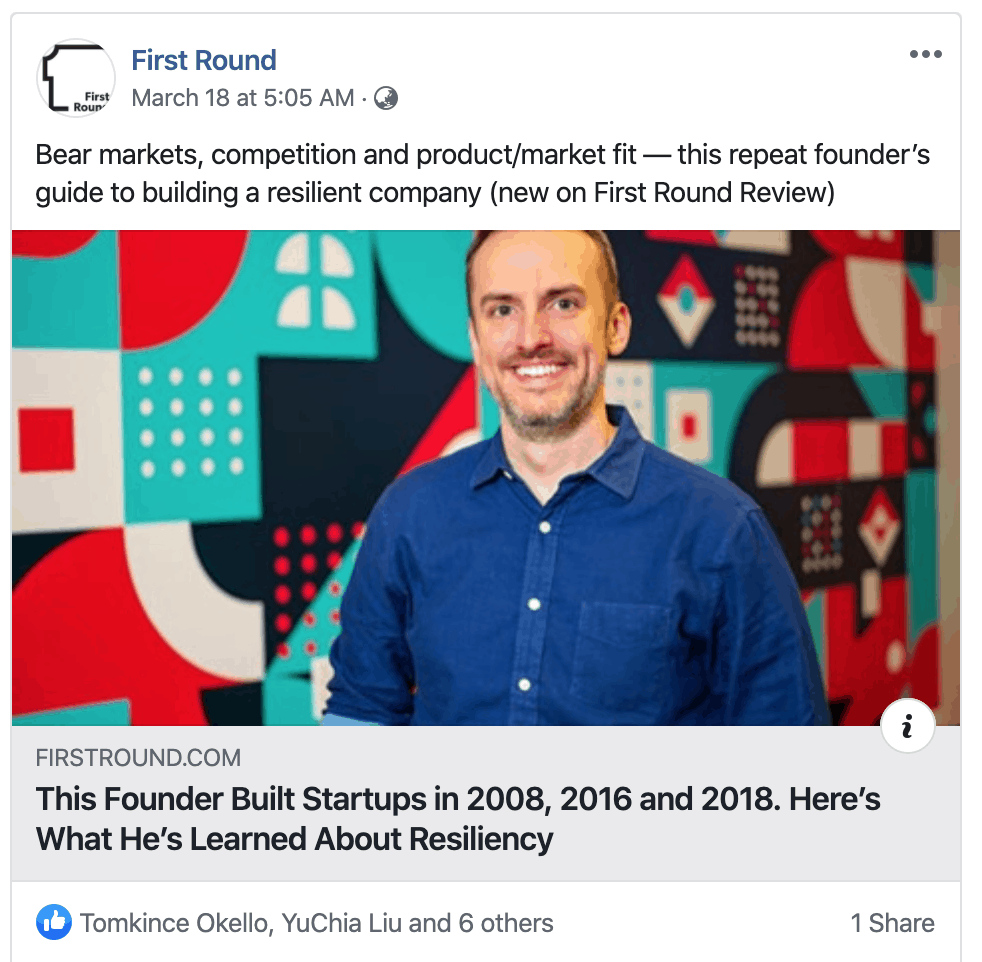Why do some social media content ideas get shared widely while others die in absolute oblivion?
There is a lot of social media content being created and the competition is fierce. Take a look at these stats:
This means that it’s not enough to create photos and videos on the fly and post them across all your social media accounts.
Common advice would suggest that you need to make sure you’re producing consistent, high-quality content that appeals to your audience’s emotions. That’s true.
But what determines whether your content is shared is whether they want to share it or just to skip over it.
In other words, the difference is not whether your social media content ideas go viral or not.
The difference is whether it has certain triggers that increase the likelihood that people will share your content.
These triggers aren’t hard to create, but they must be added intentionally to increase the chances that your content will be found by your target audience in the first place—and then shared.
In this post we look at seven strategies—seven triggers—you can use so your audience will want to share your content.
1. Craft information gaps that spark curiosity
Research indicates that people consume and share content around topics that haven’t been covered well or are unknown or new. In other words, information gaps are powerful motivators for people to share content.
How do you do that?
Give a preview of a solution.
For example, Honey shows this ad on Twitter with an information gap for PayPal users.

PayPal users would be familiar with Honey and use it on a regular basis, but the fact that there is an upgrade that they don’t know about is likely to make them click through to get the details which they’ll find on the landing page.
Russell Brunson as part of his book launch for Traffic Secrets shared a series of posts including this one, in which he covers how to deal with two types of website visitors.

If you want to be rewarded with lots of social shares, then provide a solution to your audience’s information gap.
2. Create memorable content
An incredible amount of content is produced every day. But how much of it is seen by your future customers? How can you get your content to stick in the minds of future customers?
Here’s how:
Offer a different take on a popularly held point of view
Step 1: Identify a popular belief/opinion/topic in your industry to write about.
Step 2: Take an opposing viewpoint or a different angle on the topic.
Step 3: Google it, to make sure your unique idea hasn’t been covered before (if it has, return to Step 1).
Step 4: Back your viewpoint with data, science and or research.
3. Use great content design
You have probably heard that you need to produce great content or valuable content. However, one aspect of content that is often overlooked is the design of your social media posts, and by that, I mean more than just the text or the media you include.
Why is this important?
Because as people scroll through their feeds, they form a series of subconscious micro-impressions about each piece of content. Content design can influence their decision to:
- read more
- increase the perceived value
- improve the likelihood of sharing it
Things you can do to improve your content design include:
Use high-quality imagery that conveys information.
For example, given the coronavirus outbreak, this simple image conveyed a powerful reminder about things people could do to stay safe.

Keep change to a minimum.
Take a look at Close.com’s Facebook page and you’ll notice that they are quite consistent in terms of the topics they cover and the imagery they use.
They are focused on empowering sales teams, so they ensure that their video thumbnails and images include the faces of people.
If you use datagraphs or similar branded images, consider using only two or three colors and stick to the same color palette.
Enable skimming.
Most people don’t have time to scroll through pages of content on social media platforms. So, enable skimming over long-form content by breaking it up with spaces, subheads, and images wherever possible.
4. Create content utility
Content utility means creating content that is valuable to your audience.
It provides practical and actionable advice that they can follow.
Worksheets, checklists, and tools are a few examples of these.
Why does utility correlate strongly with shareable content?
It turns your social media content from just another post to something that’s very practical and actionable for the reader because it solves a problem. To embed utility in your post you need to make sure your readers can follow the steps to achieve a result.
Consider these two examples from First Round.
Posts like this are especially relevant for the times we are in:

And this one helps managers conduct better meetings.

Check out this guide on how to find your brand’s voice. It is also an example of content utility.
5. Leverage influencers social currency
Another psychological trigger for sharing content is social currency. It works on the premise that people like sharing content that makes them look good or reinforces their beliefs.
Search Engine Journal, for example, offers timely advice from experts to help its audience cope during the coronavirus pandemic.

The real secret to social currency is making influencers in your industry look good.
Use this three-step method to add social currency to your content:
Step 1: Reach out to influencers in your space via a post that mentions them and say something you like about their content or ask them a question on a specific topic they have expertise in.
Step 2: Incorporate the influencers’ responses into your social media post/thread or in new social media content.
Step 3: With these posts, be sure to tag each influencer alongside their comment or response. This can result in your post being seen by most of their followers which could be thousands of people.
Chances are that if your sources are well known in the industry, people will find your post, get their attention and then reshare it.
6. Use stories and transparency
Stories that connect with your audience evoke an emotional response from them.
Given the concerns about air travel, Etihad Airways shared a series of posts on its Facebook page that detailed the extent to which they were going to keep passengers and staff safe. Here is one of them:

Things you can do to include stories in your social media content strategy include:
Show your brands human side
People connect with people, not brands so show your personal side by sharing what you are doing, a look behind the scenes or perhaps what you’re learning.
Share your brand’s story
People buy into the story behind brands not into the brand themselves. Think TOMS shoes or Whole Foods, for example, that share information and things that they stand for.
Work narratives into updates
Share mini-stories in your social media updates like GE did in honor of International Women’s day or at least share elements of a story like Tony Robbins does on Twitter.
7. Use calls-to-action
To get people to share your social media content it helps to understand friction that users experience. Friction on social media is anything that “slows down or stops” your users’ actions. In other words, it is something that prevents your audience from taking the action you want them to take.
The harder it is for your audience to take action, the less likely they are to take it.
To make it easier for them to take the required action you can provide a call-to-action.
Creating an efficient CTA will be based on your ability to guide your audience and ask them to do something specific. The more specific you make the ask, the more likely they are to actually do it.
The CTA doesn’t have to revolve around a sale. There are other forms of conversions that benefit your business without directly contributing to sales, such as downloading an e-book or signing up for an email newsletter.
Develop calls-to-action that are:
- Concise,
- Clear, and it
- Involves taking one step
Another great tip to keep in mind is that a CTA is more about making a value proposition than it is about making a sale.
In this example, Etihad Airways shared this post to help allay their customers’ concerns. The link to a site where they could take immediate action solved a lot of problems.

Putting together your social media content ideas
Triggers make the difference between social media content ideas that quickly disappear into no man’s land and social media content ideas that have a much longer life span, generating shares, traffic, and backlinks.
Use these triggers in your social media content ideas and watch as they take on a life of their own.
Here again, are the seven triggers that make social media content go viral:
- Use information gaps that spark curiosity
- Create memorable content
- Use great content design
- Create content utility
- Leverage influencers social currency
- Use stories and transparency
- Use calls-to-action
Which triggers will you use in your next content piece? Let us know in the comments below.
